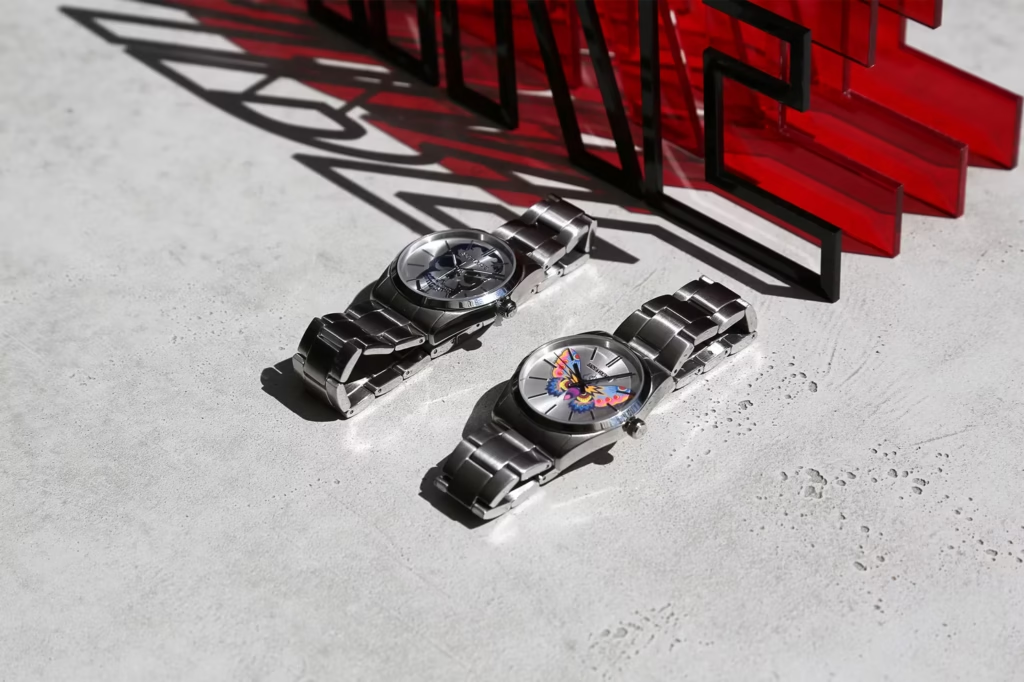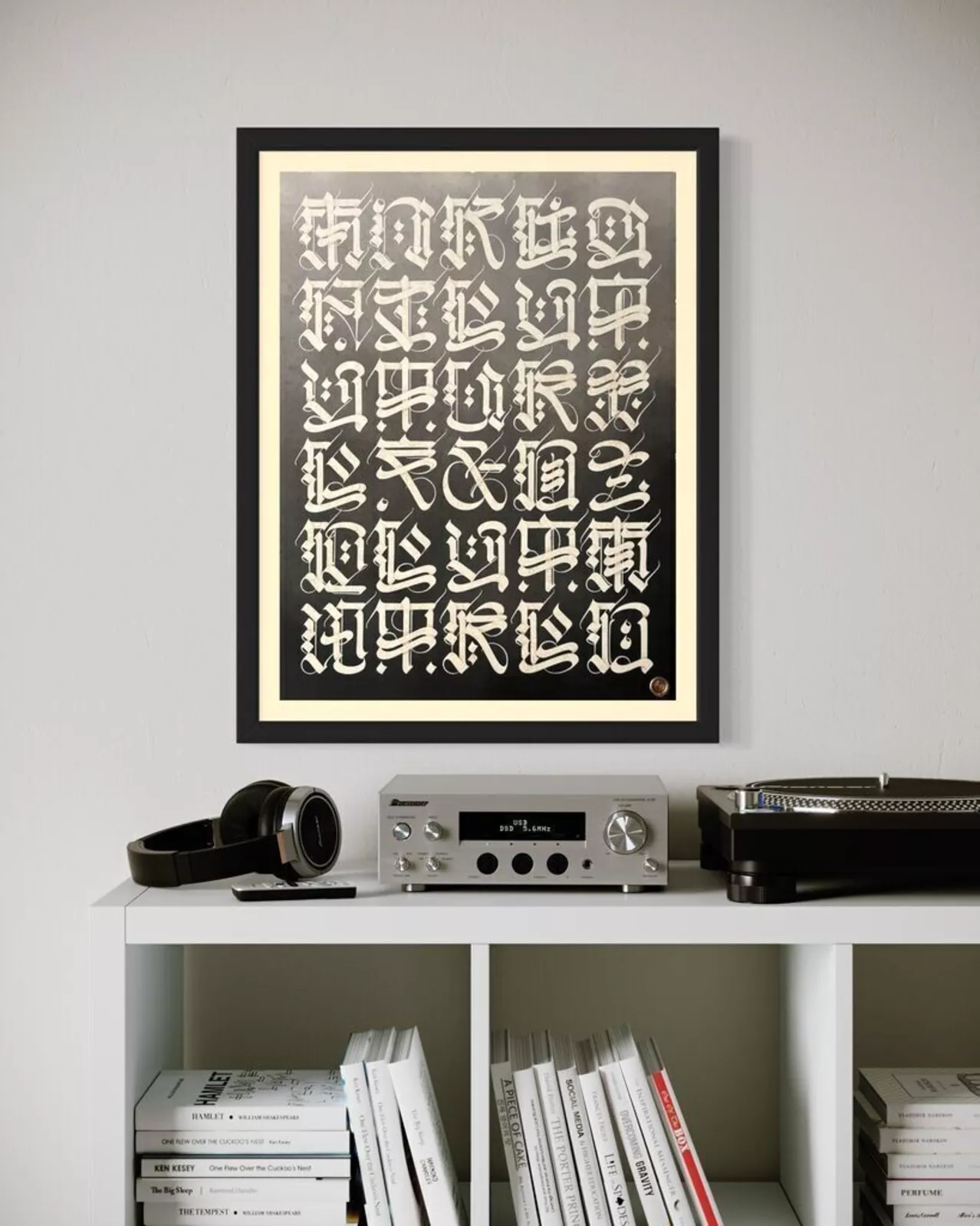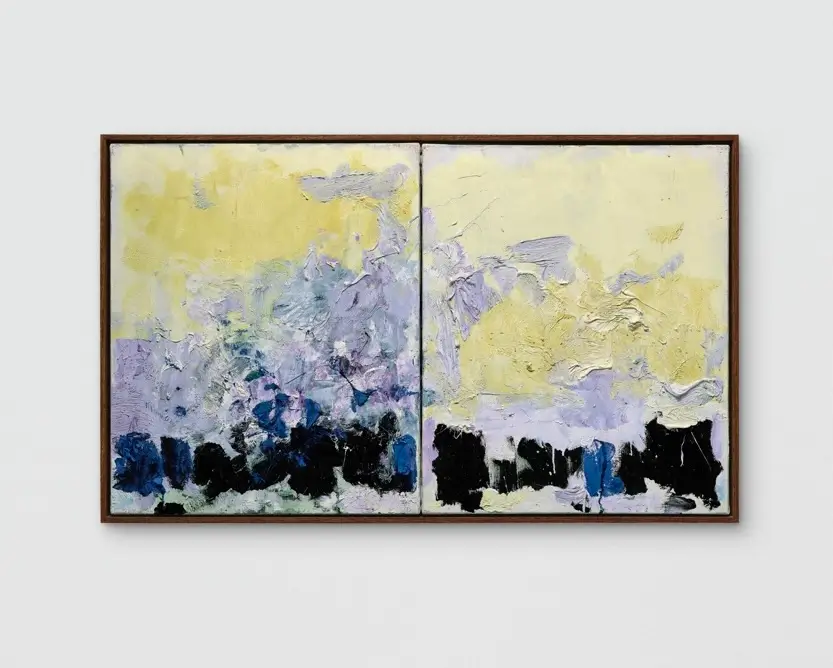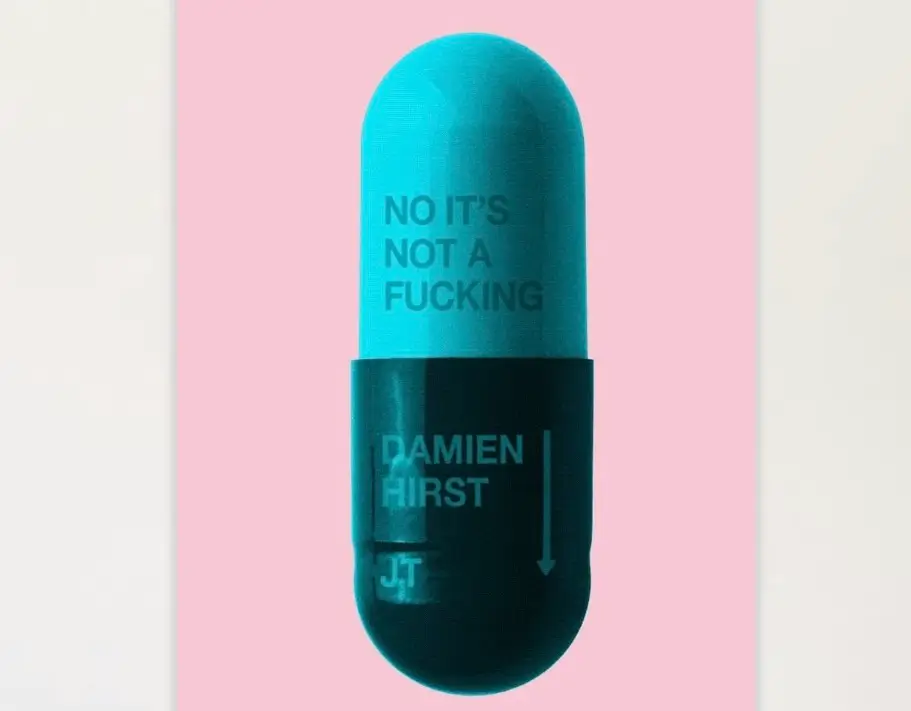In 2019, Zadig & Voltaire, the Parisian house known for its rock-chic aesthetic, entrusted set designer Pierre Brault with the task of re-staging its codes in three-dimensional form. Brault, celebrated for his avant-garde theatrical sensibilities, brought to the runway not only a décor but an atmosphere—a visceral landscape where light, material, and architectural gesture became an extension of Zadig’s philosophy. More than a backdrop, the set was a declaration of intent: freedom in form, rebellion in staging, and refinement in imperfection.
Zadig & Voltaire: The House of Rock-Chic Minimalism
Founded in 1997 by Thierry Gillier, Zadig & Voltaire built its identity around an accessible form of Parisian cool. While luxury brands often cloaked themselves in grandiosity, Zadig positioned itself at the intersection of rebellion and refinement. Leather jackets, distressed knits, lace slips worn with combat boots—this vocabulary became its visual grammar.
By 2019, the house was no longer an emerging disruptor but an established brand wrestling with the challenge of staying relevant amidst the dominance of streetwear and the rise of sustainable narratives. In such a climate, presentation mattered as much as product. To stage a collection was to craft a manifesto, and the set became the medium of translation. This is where Pierre Brault’s intervention became essential.
Pierre Brault: From Theatre to Fashion
Pierre Brault had already earned renown as a scenographer with a unique sensibility for texture, abstraction, and spatial tension. His background was rooted in performance art and theatrical scenography, but his emerges extended into fashion, where he interpreted garments not merely as objects but as characters.
Brault often approached set design as an act of dramaturgy: each collection a conjure, each runway a prologue, climax, and denouement. His work for Zadig & Voltaire in 2019 was no exception, fusing rock iconography with architectural experimentation. He asked not simply, “How do models walk?” but “Where do they exist?”
The 2019 Set: Industrial Poetics
At first glance, Brault’s set design for Zadig & Voltaire’s 2019 presentation seemed stark, almost raw. But this rawness was intentional, echoing the brand’s DNA of undone chic. The runway was framed by a series of brutalist structures—steel scaffolds, concrete textures, and fractured light. Industrial materials met with poetic gestures: shafts of light cutting through fog, metallic panels reflecting distorted silhouettes, echoes of warehouse rave culture transposed onto the Paris runway.
Brault avoided ornamental flourishes, instead favoring architectural clarity. The set did not dictate the clothes but conversed with them. Oversized knits, slip dresses, and leather outerwear walked through a landscape that amplified their rock spirit. The models were not framed as idols but as wanderers within a liminal urban space.
Rock Aesthetics and the Zadig World
Zadig & Voltaire has long flirted with the aesthetic codes of rock music: from Iggy Pop to Patti Smith, the references are unapologetic. In 2019, this influence was not only sartorial but spatial. Brault’s design drew from the architecture of concert halls, rehearsal studios, and the gritty poetics of backstage life.
The set’s scaffolding mirrored temporary concert rigs. The haze of light and smoke recalled live shows where the band is glimpsed through atmosphere rather than spotlight. By staging the runway in such an environment, Brault aligned the fashion show with the energy of performance, insisting that clothes are not static but lived, played, and sweated in.
Theatricality Without Spectacle
What distinguished Brault’s 2019 set was its restraint. At a time when fashion shows veered towards hyper-spectacle—consider Chanel’s supermarkets or Saint Laurent’s desert catwalks—Zadig’s choice was more intimate, more grounded. Brault’s theatre was not spectacle for its own sake but a frame for authenticity.
Instead of overwhelming the garments, the set whispered. It provided context without drowning narrative. The audience, too, was drawn into this tension: seated as if inside a rehearsal warehouse, complicit in the act of discovery. It was fashion as lived moment, not just fashion as entertainment.
Materiality: Concrete, Metal, Light
The key to Brault’s work lay in his material palette. Concrete surfaces suggested permanence, while scaffolding implied ephemerality. Together, they staged a dialogue between endurance and transience—themes embedded in Zadig’s collections, where timeless essentials meet seasonal edge.
Lighting, however, was the true protagonist. Beams of white light sliced the air, refracting against metallic structures, producing a chiaroscuro reminiscent of German expressionist cinema. Models emerged from shadow, disappeared into fog, and reappeared illuminated—an allegory of visibility and obscurity in modern celebrity culture.
The Audience as Participant
A hallmark of Brault’s 2019 staging was the proximity between models and audience. Rather than a traditional separation, the runway dissolved boundaries. Attendees felt immersed, as though sharing space with the performers. This decision resonated with Zadig’s ethos: the brand was never about hierarchy but about a democratic cool where luxury could mingle with street.
Fashion weeks often thrive on exclusivity, but Brault’s staging suggested community, almost recalling the intimacy of underground gigs where audience and band inhabit the same breath. This was rebellion against the aloofness of traditional couture houses, aligning Zadig with an emergent participatory culture.
Flow
The late 2010s were dominated by maximalism and spectacle: Gucci’s eclectic overload under Alessandro Michele, Balenciaga’s dystopian staging, Virgil Abloh’s Louis Vuitton infused with pop symbolism. Within this environment, Zadig’s 2019 show could have seemed understated. Yet its quiet force lay precisely in contrast.
By emphasizing atmosphere over ornament, Brault aligned Zadig with authenticity rather than excess. His staging rejected fashion’s obsession with virality, insisting instead on mood, on lived texture. It was a subtle rebellion—one truer to Zadig’s DNA than any grand theatrical gesture might have been.
Reflect
Fashion critics of the season noted the coherence between set and collection. While some described it as austere, many applauded its integrity. Unlike other shows where the set overshadowed the clothes, here the balance was delicate. Zadig’s leather jackets and silken slips gleamed against steel structures, neither diminished nor exaggerated.
The press praised Brault’s ability to transform industrial harshness into poetry, and to translate Zadig’s rock chic into architectural language. For insiders, it was evidence that set design, often overlooked, could articulate a brand’s vision as powerfully as garments themselves.
Legacy of the 2019 Set
Though ephemeral, fashion sets often leave ripples across seasons. Brault’s work for Zadig in 2019 exemplified a turn towards authenticity in presentation. In subsequent years, as sustainability and stripped-back aesthetics gained ground, his staging looked prescient.
Today, in retrospect, one can trace how Brault’s industrial poetics anticipated the minimalism of pandemic-era digital shows and the renewed appetite for intimacy over spectacle. Zadig & Voltaire’s decision in 2019 was not just a seasonal choice but a quiet manifesto about the enduring power of atmosphere.
Broader Cultural Resonances
The 2019 set tapped into cultural anxieties of its time: precarity, urban alienation, and the desire for authentic community. Its scaffolds mirrored temporary architectures of protest; its fog evoked the atmosphere of underground clubs resisting commercialization. In a world increasingly mediated by screens, Brault’s staging insisted on lived presence—models walking, audience breathing, light shifting.
Such gestures remind us that fashion is never isolated. The set design became a mirror for societal moods: uncertain, rebellious, searching for truth amidst industrial decay.
Impression
Pierre Brault’s 2019 set for Zadig & Voltaire was more than a backdrop; it was a philosophy made spatial. By weaving together industrial materials, rock references, and intimate dramaturgy, he articulated Zadig’s ethos in a way garments alone could not. It stood as a reminder that fashion shows are not merely about clothes but about worlds—worlds built, lived, and dissolved in fleeting hours.
In an age of spectacle, Brault’s choice for Zadig was a radical quietness: an insistence that rebellion need not shout, that atmosphere can be more powerful than ornament. For Zadig & Voltaire, it was the perfect stage—one that honored its rock soul while whispering to the future of fashion presentation.
No comments yet.








